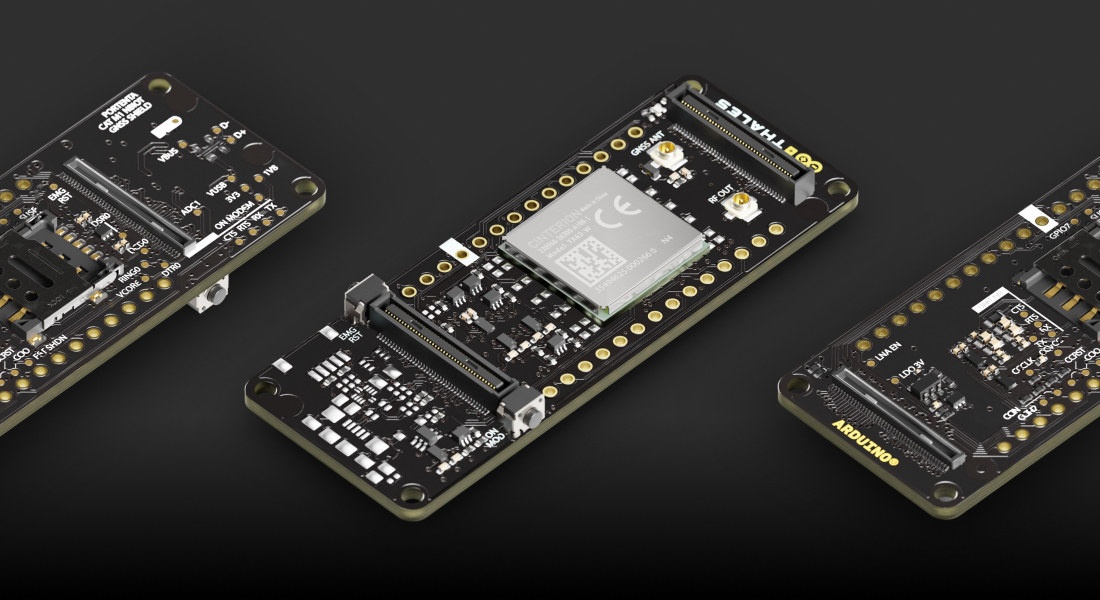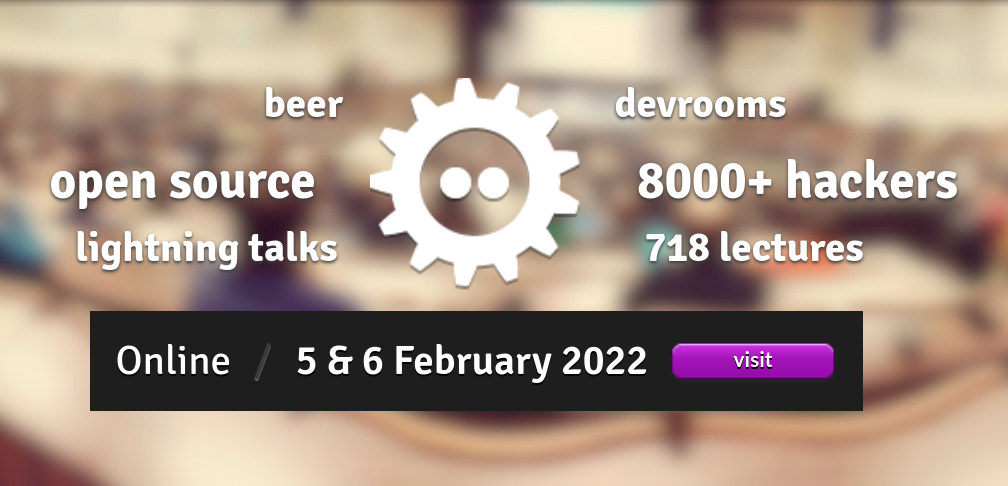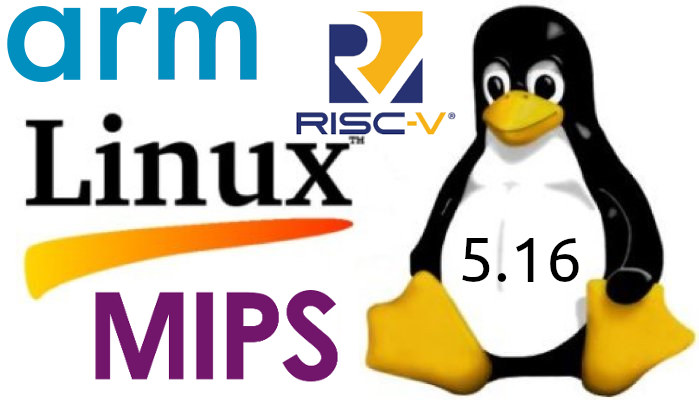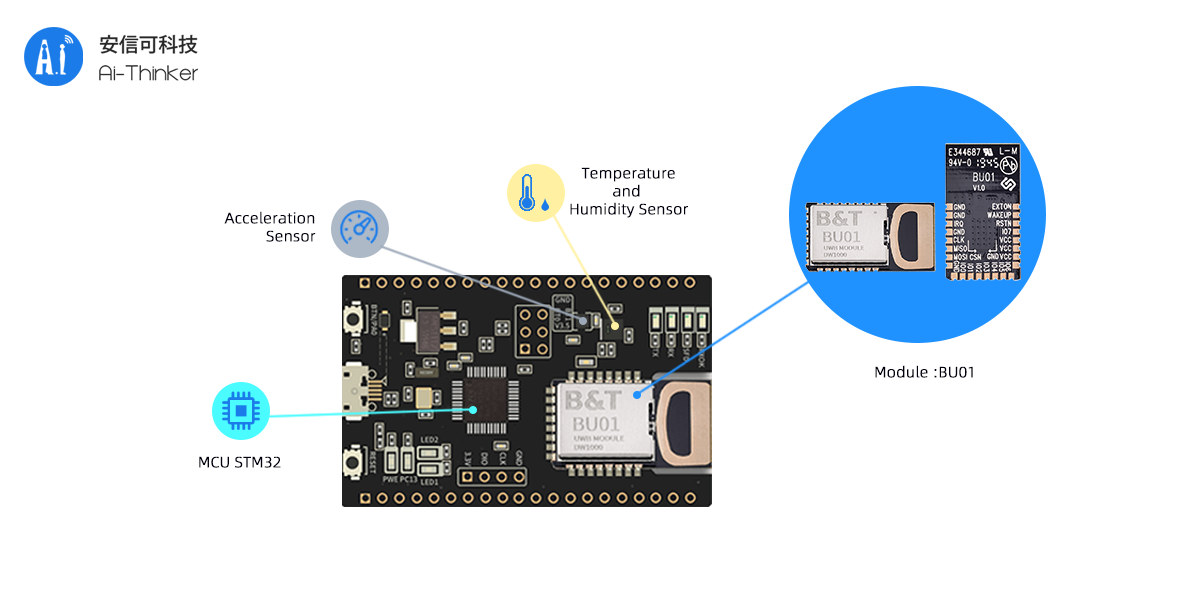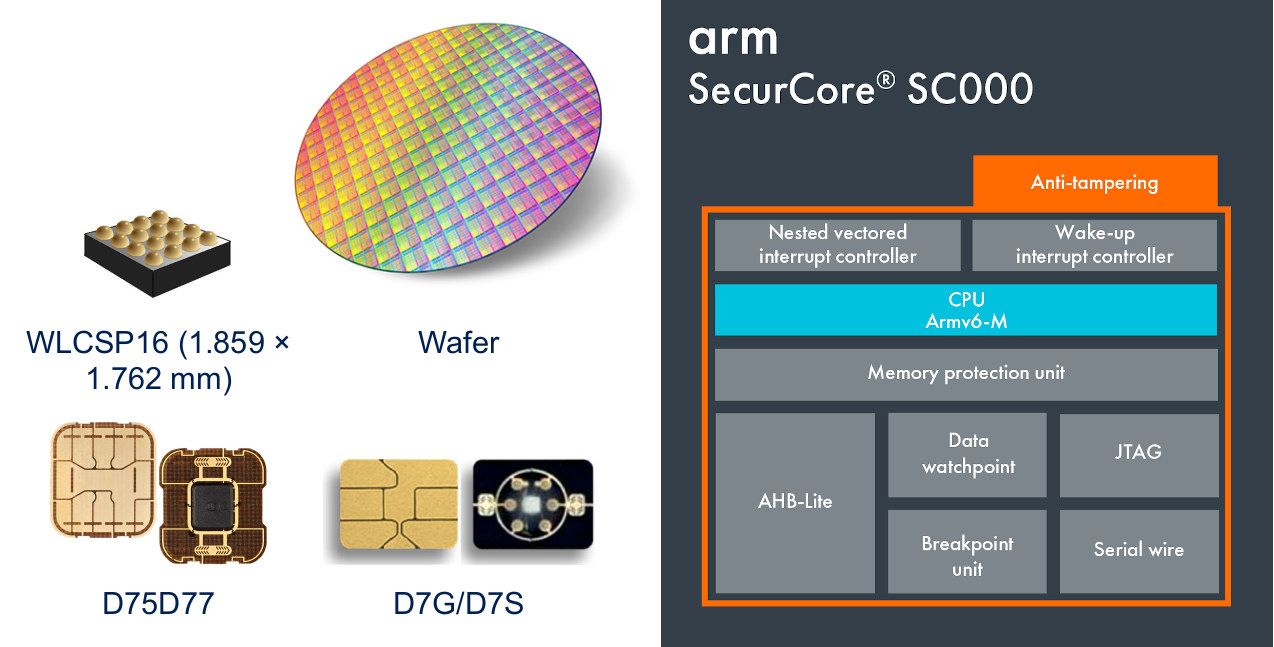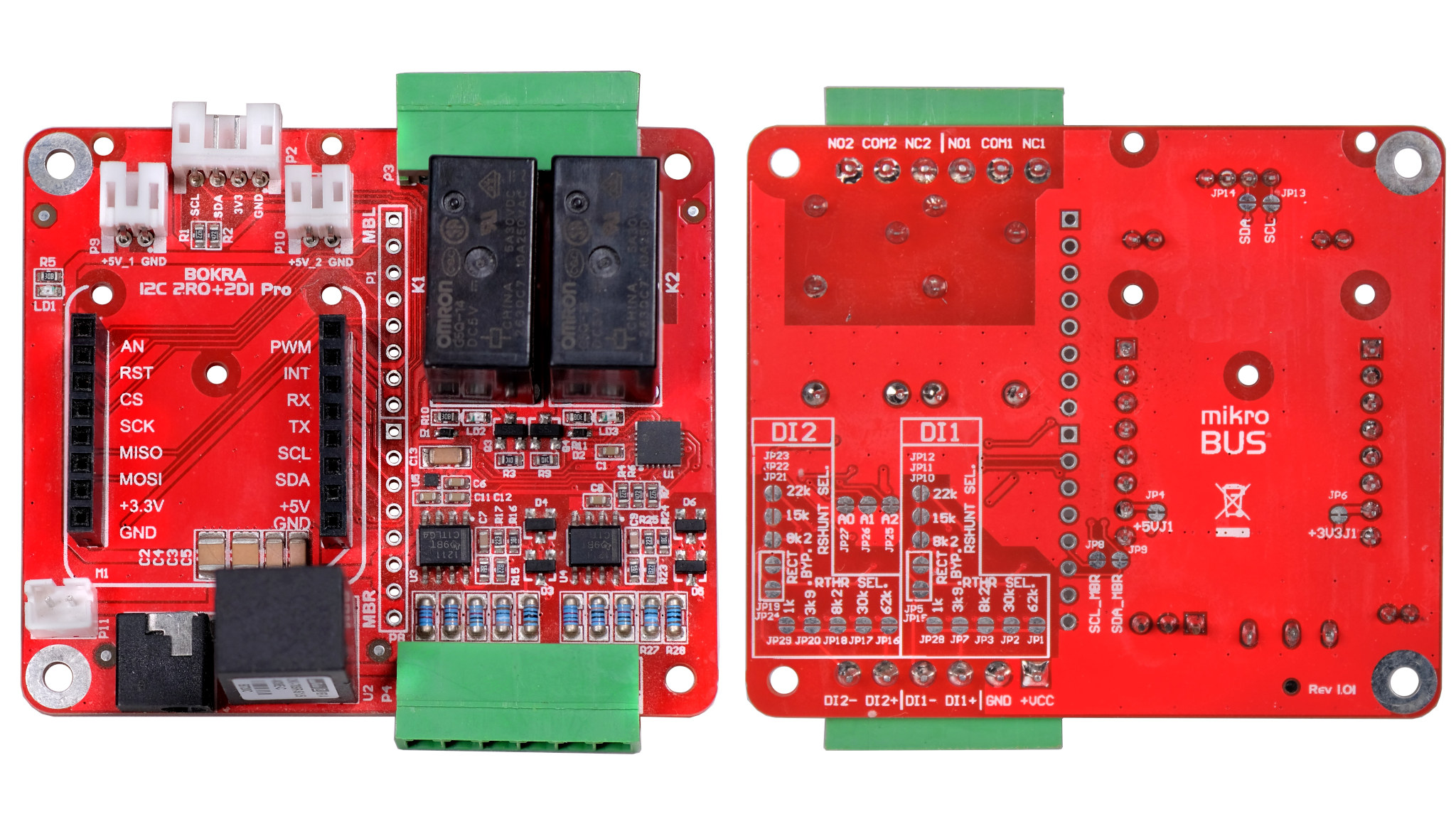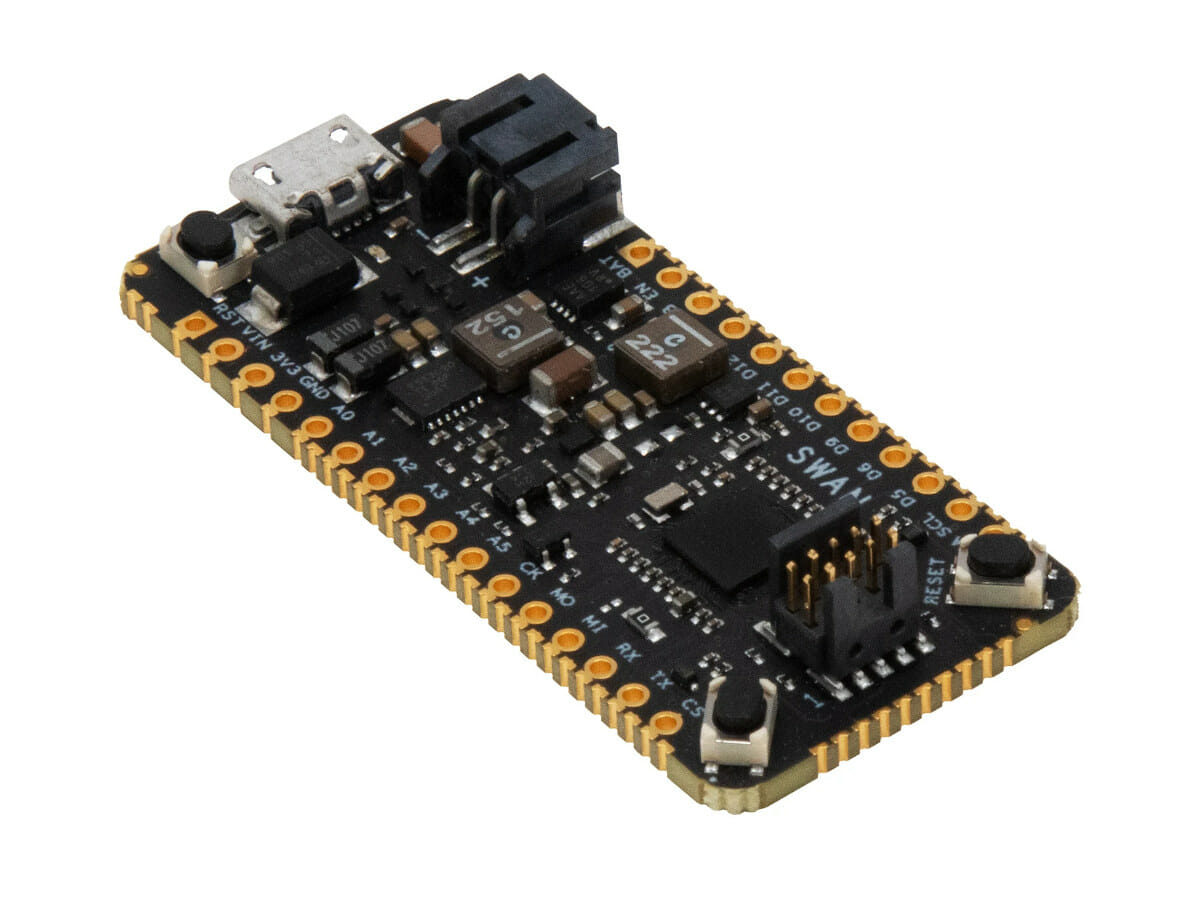Arduino PRO Portenta family of industrial boards is getting a new LTE Cat. M1/NB-IoT GNSS shield that adds global connectivity and positioning capabilities through the Cinterion TX62-W LPWAN IoT module by Thales. The shield works with the Portenta H7 board as well as its lower-cost variants and Arduino MKR boards and will power industry 4.0 and edge computing solutions such as positioning, asset tracking, and remote monitoring applications at the factory, in agriculture, public utilities, and smart cities. Portenta CatM1 shield specifications: Cinterion TX62-W module with: 3GPP Rel.14 Cat.M1, Cat.NB1, Cat.NB2 Global coverage with a single SKU FDD-LTE Bands – 1, 2, 3, 4, 5, 8, 12, 13, 18, 19, 20, 25, 26, 27, 28, 66, 71, 85 LTE Cat. M1 – DL: max. 300 kbps, UL: max. 1.1 Mbps LTE Cat. NB1 – DL: max. 27 kbps, UL: max. 63 kbps LTE Cat. NB2 – DL: max. 124 kbps, […]
The Eclipse Oniro Project aims to deliver consumer & IoT software that works across multiple platforms
Several of the embedded talks at FOSDEM 2022 mention the “Eclipse Oniro Project”. I had never heard about that project from the Eclipse Foundation, so let’s see how they describe it: Oniro is an Eclipse Foundation project focused on the development of a distributed open source operating system for consumer devices, regardless of the brand, model, make. Oniro is a compatible implementation for the global market of OpenHarmony, an open source operating system specified and hosted by the OpenAtom Foundation. Designed with modularity in mind, Oniro offers greater levels of flexibility and application portability across the broad spectrum of consumer and IoT devices — from tiny embedded sensors and actuators, to feature rich smart appliances and mobile companions. As a distributed and reusable collection of open source building blocks, Oniro enables compatibility with other open source technologies and ecosystems. Through close collaboration with projects and foundations such as OpenHarmony from […]
FOSDEM 2022 schedule with embedded Linux, IoT, automotive… sessions
While typically taking place in Brussels, Belgium, FOSDEM 2022 will take place online just like FOSDEM 2021 due to COVID-19 restrictions. The good news is that it means anybody can attend it live from anywhere in the world, and makes it more like “FOSDIM”, replacing European with International, in “Free and Open Source Developers’ European Meeting”. FOSDEM 2022 will take place on February 5-6 with 637 speakers, 718 events, and 103 tracks. I’ve made my own little virtual schedule below mostly with sessions from the Embedded, Mobile and Automotive devroom, but also other devrooms including “Computer Aided Modeling and Design”, “FOSS on Mobile Devices”, “Libre-Open VLSI and FPGA”, and others. Saturday, February 5, 2022 12:30 – 13:00 – Five mysteries in Embedded Linux by Josef Holzmayr Once you start out in embedded Linux, there is a lot to do. Some things are obvious, some less so. First and foremost, […]
Linux 5.16 Release – Main Changes, Arm, RISC-V and MIPS architectures
Linus Torvalds has just announced the release of Linux 5.16: Not a lot here since -rc8, which is not unexpected. We had that extra week due to the holidays, and it’s not like we had lots of last-minute things that needed to be sorted out. So this mainly contains some driver fixes (mainly networking and rdma), a cgroup credential use fix, a few core networking fixes, a couple of last-minute reverts, and some other random noise. The appended shortlog is so small that you might as well scroll through it. This obviously means that the merge window for 5.17 opens tomorrow, and I’m happy to say I already have several pending early pull requests. I wish I had even more, because this merge window is going to be somewhat painful due to unfortunate travel for family reasons. So I’ll be doing most of it on the road on a laptop […]
Indoor positioning BU01 development board can detect tiny body movements (Sponsored)
GPS is available for outdoor positioning, what about indoors? There is a positioning technology that is more accurate than GPS: UWB. The technology offers positioning accuracy within 10cm which greatly compensates for the shortcomings of the indoor RSSI positioning of past IoT products. UWB technology is a wireless carrier communication technology that uses a frequency bandwidth above 1 GHz. It does not use a sinusoidal carrier but uses nanosecond-level non-sinusoidal narrow pulses to transmit data and occupies a large frequency spectrum, hence the name “Ultra-Wideband”, or UWB for shorts. Besides positioning, UWB can also be used for data transmission with a rate of hundreds of megabits per second. BU01 development board features MCU – STMicro STM32F103 Arm Cortex-M3 microcontroller UWB module – Ai-Thinker BU01 module 50 I/O pins exposed for functions. Sensors – Onboard acceleration sensor, temperature, and humidity sensor Misc – User buttons and LED Power Supply – 5V […]
STMicro ST31N600 Arm SecurCore SC000 microcontroller includes biometric security, energy harvesting
Today, I’ve learned about an Arm core family I’d never heard about: the Arm SecurCore family for smartcard and embedded security applications. The Arm SecurCore SC000 (Cortex-M0 based) and Arm SecurCore SC300 (Cortex-M3 based) have been around for years, but they’ve just been brought to my attention with STMicro ST31N600 secure microcontroller announcement. Manufactured with STMicro’s 40nm eSTM technology, the ST31N600 is designed for contact and contactless payment cards, ID cards, and transport ticketing thanks to circuitry for energy harvesting, and support for EMV ISO 7816, ISO 14443, and ISO 18092 standards. STMicro also introduced ST31N500 and ST31N400 microcontrollers with less flash memory, but other the same specifications as ST31N600: MCU Core – Lockstep 32-bit Arm SecurCore SC000 up to 60 MHz Memory – 16 KB of user RAM Storage with 25-year retention, 500,000 erase/write cycle endurance ST31N600 – 608 KB ST31N500 – 512 KB ST31N400 – 416 KB RF […]
IoThing Digital IO board handles up to 300V for Arduino, Raspberry Pi, and various other boards (Crowdfunding)
AlterStep’s IoThing Digital is a digital I/O module with two high-power Omron G5Q-14 relays and two isolated AC or DC input channels based on Texas Instruments ISO1211 that can handle up to 300 V. The board also integrates a DC-DC converter and mikroBUS slot that allows it to be used with compatible MCU boards, and the company also provides adapters for popular form factors such as Arduino, Raspberry Pi, Adafruit Feather, Teensy, and others. IoThing Digital specifications: mikroBUS socket for mikroElektronika Click expansion boards BOKRA Lite MCU boards (Some details below) 2x Omron G5Q-14 SPDT relays – 3A/30V DC or 3A/250VAC via terminal blocks Terminal block for 2x digital outputs configurable from 9V to 300V, DC and AC PCF8574 8-bit I/O expander chip with I²C bus for relay control and digital signal input I2C interface with support for 100 KHz and 400 KHz, address selection via jumpers Grove I2C connector […]
Blues Wireless Swan board adds castellated holes to Adafruit Feather form factor
We’ve often written about Adafruit Feather-compatible boards in the past, but Blues Wireless Swan board is a little different, as the STM32L4-based board comes with castellated holes instead of just through holes which allows the board to expose up to 55 GPIOs, or 36 more pins than a traditional feather-compatible board. The company also introduced the “Feather Starter Kit for Swan” that enables the board to work with the company’s Notecard LTE Cat-M/NB-IoT M.2 modem that ships with 10-year (up to 500MB) of IoT connectivity, as well as GPS/GNSS connectivity. The Swan board Swan specifications: MCU – STMicro STM32L4R5 Arm Cortex-M4 microcontroller clocked at 120Mhz with 2MB of flash and 640KB of RAM USB – 1x Micro USB port for power and programming Castellated holes giving access to 55 GPIO including: 8x analog input 16x digital 4x I2C, 3x SPI 1x USB OTG full speed 1x 14-channel DMA 12-bit ADC, […]


